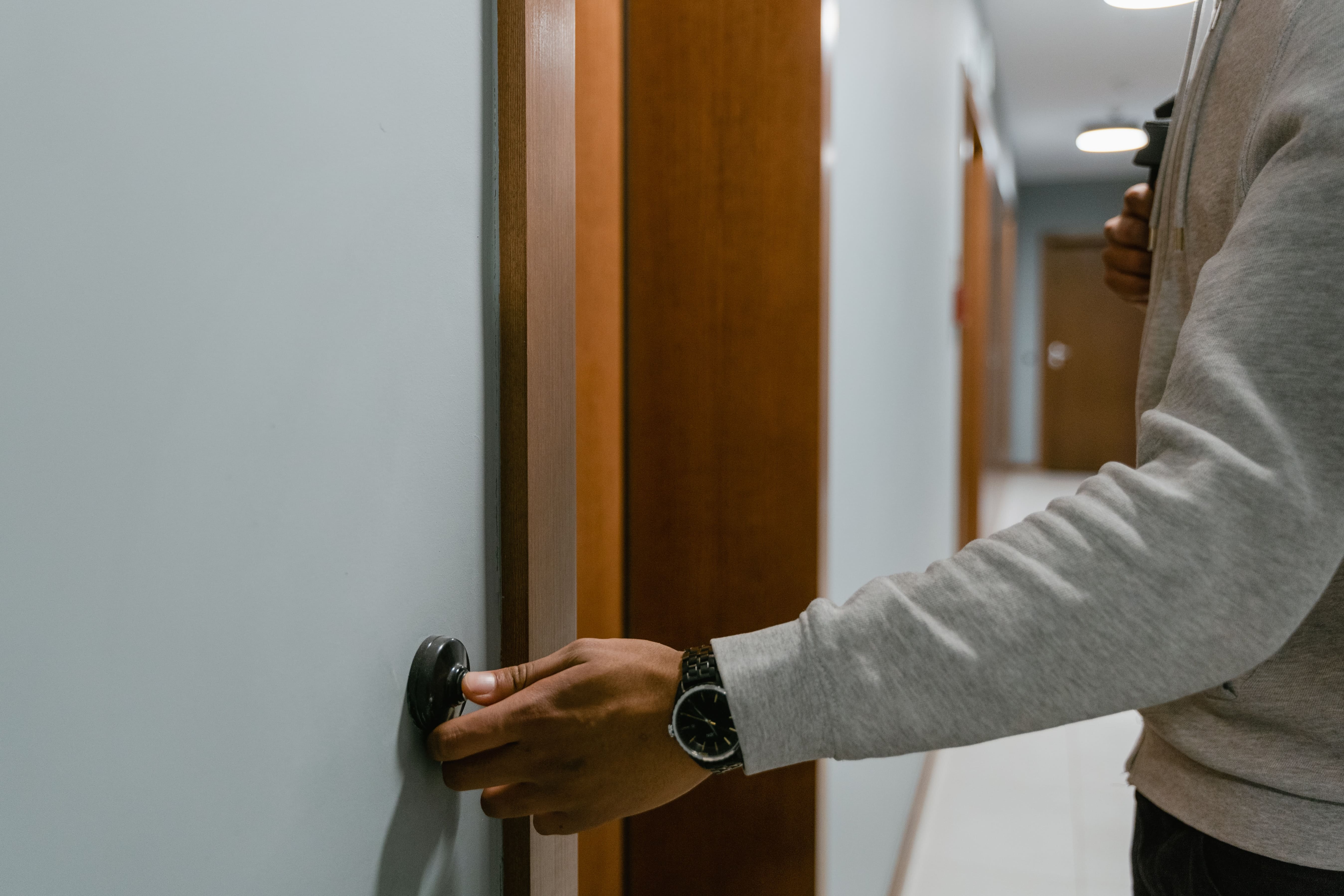Canvassing can be used to: raise awareness, increase participation, carry a concertation campaign, mobilize, fundraise!
Want to learn about canvassing and digital canvassing? Download our guide by clicking here!
1. Prepare your canvassing session
Being well prepared really makes the difference. Define the people you want to target and where you can find them. The more you know about the person in front of you, the more efficient and natural the conversation will be.
Once you know who your volunteers will exchange with, give them the right tools and information to get started.
- ✅ Train your volunteers. By training and preparing them well, you’ll get better results. The whole team must be aware of your actions, commitments, etc.
- ❌ Don’t let you volunteers get organized by themselves, or write their own script. Your speech will seem incoherent and volunteers will be likely to get confused, forget key information and won’t be able to answer the citizens’ questions.
2. Adapt your speech to the person in front of you
Before each door-knocking session, you should know and tell your volunteers who they are meeting and what they should say to them. You won’t talk the same way to young professionals than to elderlies.
You should refine your speech and make sure it’s easy to understand. You will never spend more than 20 minutes at a doorstep, so go straight to the point.
- ✅ Be concise and make sure to include: an introduction (of yourself and the subject), questions to learn about people’s needs, a presentation of your main actions and a sentence to close the conversation. The administrators or managers can prepare different scripts so the volunteers know what to say to the person in front of them.
- ❌ Never dominate the discussion! The person will feel intruded and is likely to be less friendly if they feel like you’re only here to sell them something. You must show that you understand their needs, include them in the discussion and construct your speech around their needs.
3. Don’t be afraid of rejection
Like any door-to-door action, your volunteers will have to deal with some “no” and closed doors, but it’s okay!
You should never push someone into saying yes. Some people will not change their mind and you won’t be able to convince them, you just have to move forward and leave something to be remembered by.
- ✅ Don’t be too pushy. If someone doesn’t seem interested, the best practice is to leave a leaflet that he/she’ll be able to look back at. Don’t waste people’s time, nor yours!
- ❌ It’s useless to pressure someone into buying/believing because it will most likely have the opposite effect.
4. Always leave something behind
Some doors will never open, some only for a few seconds, and this won’t be enough to be remembered, so, you must leave something behind.
Leave a leaflet, a phone number, or just a website! It will make people curious about you and your cause. Plus, it’s a great way to create a first contact with citizens. Don’t forget to give documents to your volunteers.
- ✅ Provide relevant documents to your volunteers and tell them when and how to distribute them. For example, leave a presentation leaflet if the door doesn’t open, or if the person doesn’t want to discuss. Just make sure the document includes: a link to your website, your phone number, email address, … they need to be able to get in touch with you!
- ❌ Don’t provide a 10-pages document. You need to be concise and straight to the point as it will be quickly looked at. Main ideas should stand out!

5. Get something out of each canvassing action
A canvassing session should only be the starting point of your relationship with citizens. The goal is to get to know them, their needs, and to adapt your speech for further actions.
After each action, debrief with your volunteers, get their feedback, feelings and ideas.
- ✅ Keep in touch with citizens, keep track of their requests, issues and feelings. It will help you better target your communication. If some people expressed a particular interest in your cause, get back to them! You want to create loyalty!
- ❌ Don’t let data go to waste. The whole goal of your action is to collect data, to learn about the community and to better target, so, use this data! Otherwise, you’ll just be wasting your time.
The most important thing is to enjoy yourself and to make sure your volunteers and citizens are happy. Canvassing should not be a burden, but an experience, a learning exercise and a way to get people to join your movement. Citizens and volunteers should be the core of any canvassing action!
To learn more about canvassing and especially, digital canvassing, click here























